Fifteen Years Gone: Water Sleeps by Glen Cook, Part 1
Water Sleeps.
In their homes, in the shadowed alleyways, in the city’s ten thousand temples, nervous whispers never cease. The Year of the Skulls. The Year of the Skulls. It is an age when no gods die and those that sleep keep stirring restlessly.
In their homes, in the shadowed alleyways or fields of grain or in the sodden paddies, in the pastures and forests and tributary cities, should a comet be seen in the sky or should an unseasonable storm strew devastation or, particularly, if the earth should shake, they murmur, “Water sleeps.” And they are afraid.
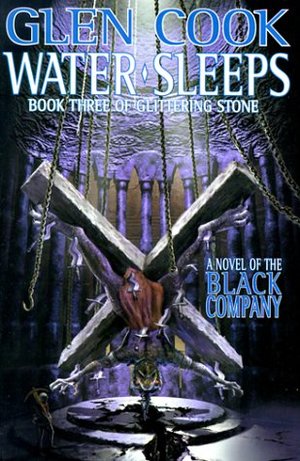 I wish I had managed to finish the ninth Black Company book, Water Sleeps (1999), in a single go because, after two frustrating choppy books, Cook is back on his game. Yes, it’s very different than the bloody, battle-focused earlier books, but Water Sleeps, so far, is a tight story with narrative complexity, brutal twists, and more world-building than any of the others.
I wish I had managed to finish the ninth Black Company book, Water Sleeps (1999), in a single go because, after two frustrating choppy books, Cook is back on his game. Yes, it’s very different than the bloody, battle-focused earlier books, but Water Sleeps, so far, is a tight story with narrative complexity, brutal twists, and more world-building than any of the others.
The previous volume, She is the Darkness, ended with most of the Black Company’s senior officers — Croaker, Lady, and Murgen — and several important prisoners — the Prahbrindrah Drah of Taglios, Howler, and Lisa Bowalk — trapped by Soulcatcher and held in stasis on the demon-haunted plain of Glittering Stone.
As Water Sleeps opens, we quickly learn that Croaker et al. have been imprisoned for nearly fifteen years. Murgen’s Standardbearer-in-training, Sleepy, is acting Captain, aided by Murgen’s Nyueng Bao wife, Shara, and the increasingly feeble One-Eye and Goblin. Soulcatcher has declared herself Protector of Taglios, has made the Radisha Drah little more than a puppet, and has rendered her councilors toothless. For a decade and a half, the survivors of the Company have been hunting for a way to free their colleagues from Soulcatcher’s trap, while constantly reminding her that the Black Company never lets a betrayal go unpunished.
Sleepy is not only Captain, she’s also the Company’s Annalist. In her hands, there’s greater attention paid to politics and culture than in the other volumes. Unlike Croaker and Lady, Sleepy doesn’t see Soulcatcher and the other power brokers in Taglios just as obstacles. They are part of a complicated nexus of power centers and religious beliefs. Through her, Cook explores and underscores how they manage to run a vast realm. She’s also the only narrator in any of the books who has religious beliefs. When she explains the three main religions of Taglios — Gunni, Shadar, and her own Vehdna — she does it with a degree of sympathy absent from Croaker’s or Lady’s books.
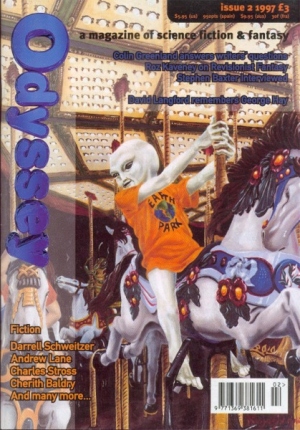
 Strangeness has many vectors; you can be weird in multiple directions at once. Whichever shape a movie takes, it’s often a good idea to have something strange in it. Something unexpected. You can usually count on movies at Fantasia to have at least one well-developed kind of weirdness in them, but the last two movies I saw on July 19, both at the large Hall Theatre, went in very different directions; one the strangest film (in a certain way) that I’d see this year, and the other imagining a world in which there is nothing unpredictable at all. The first was an odd Hollywood-set detective story, Under the Silver Lake. The second was Laplace’s Witch, an adaptation of a Japanese science-fiction novel, directed by Takashi Miike.
Strangeness has many vectors; you can be weird in multiple directions at once. Whichever shape a movie takes, it’s often a good idea to have something strange in it. Something unexpected. You can usually count on movies at Fantasia to have at least one well-developed kind of weirdness in them, but the last two movies I saw on July 19, both at the large Hall Theatre, went in very different directions; one the strangest film (in a certain way) that I’d see this year, and the other imagining a world in which there is nothing unpredictable at all. The first was an odd Hollywood-set detective story, Under the Silver Lake. The second was Laplace’s Witch, an adaptation of a Japanese science-fiction novel, directed by Takashi Miike.
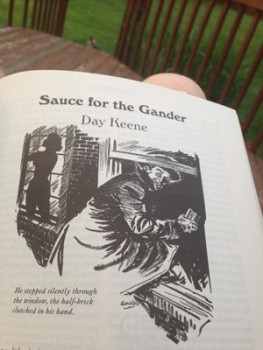
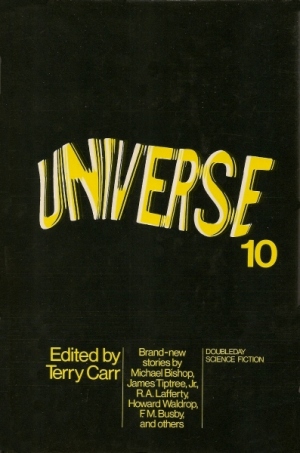
 The first movie I saw at Fantasia on Thursday, July 19, was at the J.A. De Sève Theatre, a Korean film called The Fortress (Namhansanseong, 남한산성). Based on a novel by Hoon Kim, Dong-hyuk Hwang wrote the screenplay and directed his own adaptation. It’s a historical war story, set in 1636 when the Chinese Qing dynasty invaded Joseon-ruled Korea. The royal court has to flee before the Qing armies, taking refuge in a mountain castle, the fortress of the title. The Qing besiege the place, and the film follows what happens in the fortress as a result. More precisely, it follows the dispute between two of the officials of King Injo (Hae-il Park): on the one hand Myeong-gil Choi (Byung-hun Lee, who was in RED 2 and was Storm Shadow in the G.I. Joe movies), the Interior Minister who wants to negotiate with the Qing and if necessary surrender; and on the other, Sang-heon Kim (Yoon-seok Kim), the Minister of Rites who wants to hold out until the end, believing that an army’s gathering in the south that will strike north and relieve the fortress.
The first movie I saw at Fantasia on Thursday, July 19, was at the J.A. De Sève Theatre, a Korean film called The Fortress (Namhansanseong, 남한산성). Based on a novel by Hoon Kim, Dong-hyuk Hwang wrote the screenplay and directed his own adaptation. It’s a historical war story, set in 1636 when the Chinese Qing dynasty invaded Joseon-ruled Korea. The royal court has to flee before the Qing armies, taking refuge in a mountain castle, the fortress of the title. The Qing besiege the place, and the film follows what happens in the fortress as a result. More precisely, it follows the dispute between two of the officials of King Injo (Hae-il Park): on the one hand Myeong-gil Choi (Byung-hun Lee, who was in RED 2 and was Storm Shadow in the G.I. Joe movies), the Interior Minister who wants to negotiate with the Qing and if necessary surrender; and on the other, Sang-heon Kim (Yoon-seok Kim), the Minister of Rites who wants to hold out until the end, believing that an army’s gathering in the south that will strike north and relieve the fortress. 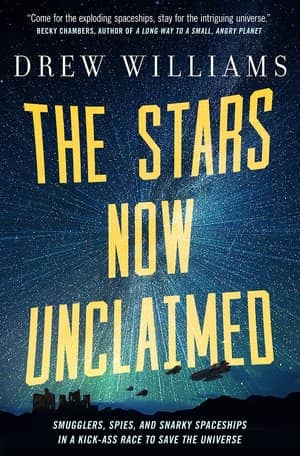

 The only film I planned to see on Wednesday, July 18 was called Cam. Directed by Daniel Goldhaber from a script written by Isa Mazzei, it tells the story of a woman named Alice (Madeline Brewer, of The Handmaid’s Tale and Orange is the New Black) who works as an erotic webcam performer under the name of Lola — until she finds her account stolen by parties unknown. As Alice investigates she finds it’s more than just her financial information or identity that’s been stolen; someone who looks and sounds exactly like her is performing as Lola in her place, and this Lola is breaking all the rules Alice established for herself as a performer. Alice investigates and tries to regain control of her life, driving the story toward a brutal conclusion.
The only film I planned to see on Wednesday, July 18 was called Cam. Directed by Daniel Goldhaber from a script written by Isa Mazzei, it tells the story of a woman named Alice (Madeline Brewer, of The Handmaid’s Tale and Orange is the New Black) who works as an erotic webcam performer under the name of Lola — until she finds her account stolen by parties unknown. As Alice investigates she finds it’s more than just her financial information or identity that’s been stolen; someone who looks and sounds exactly like her is performing as Lola in her place, and this Lola is breaking all the rules Alice established for herself as a performer. Alice investigates and tries to regain control of her life, driving the story toward a brutal conclusion.